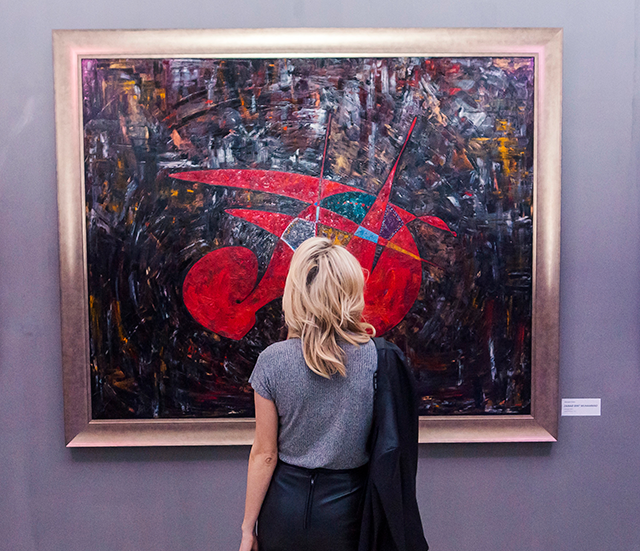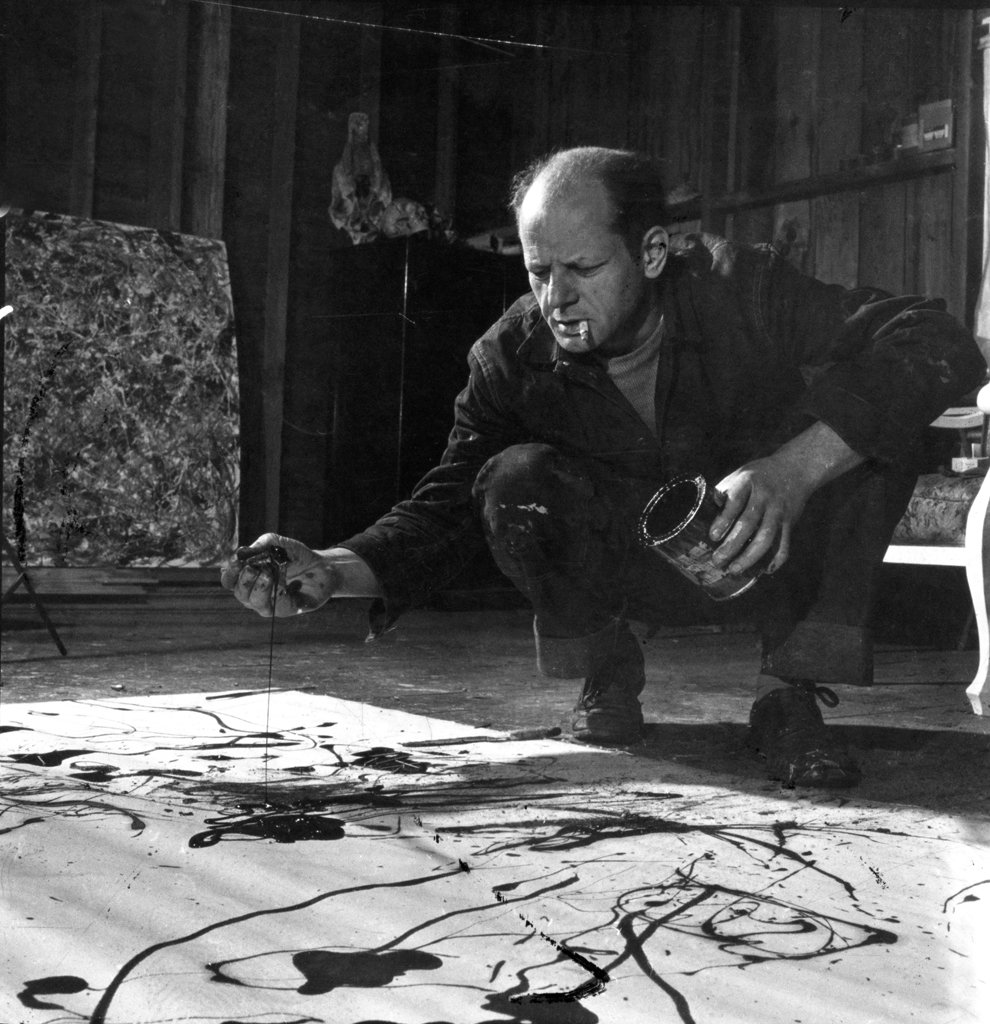- How to Read a Painting?
- Does reading art works intimidate and baffle? No more!

- 19 October '19


by Alina Livneva
19 October '19How to Read a Painting?
Art is a great status symbol in society, and sometimes, it can be quite intimidating to the inexperienced viewer. For many of us, the first impulse is to blow it away, to see it as a no value plaything for the annoying and rich. This is regrettable. Art is an excellent source of satisfaction and enjoyment in our lives. Even casual acquaintance with art can improve and deepen the understanding of the world, and is not so difficult. Some people today indeed devote their whole lives to studying the minutest particulars of a musicians' job, but there's no requirement to become a professional to have a meaningful relationship with art. All it requires is moderate attention to detail, a bit of patience, and a willingness to reflect on your feelings. That is how the process of reading art works.
Here, I will show you a quick method to approach and enjoy a painting. The ideas here could be implemented not only to reading wall art but other mediums too (sculpture, drawing, also design, and style ), and quite easily. There's no shortcut to this; great art rewards the tenth viewing as much as the first, and you may devote a life considering the choices an artist made in a painting. Instead, let's provide you a process to follow, which can help you to get the most from artwork the first time you see it.
Pablo Picasso on reading art works said that if you want to tell a great painting from a bad one, consider looking at thousand paintings. There are, naturally, standards that matter within the professional art world; however, don't fret too much about what they think qualifies as "good."
So, how to read a modern painting?
Have a Look
Art should attract you through your perceptions. That does not mean that a painting has to be beautiful to be good, but it should grab your attention in some manner. Give the piece a minute to do its thing -- some works are intriguing in subtle ways. A job might grab your attention through its subject matter; the use of color, an interesting juxtaposition of objects, has a realistic look, a visual joke, or any other aspects.
Reading Art works through Topic or Subject
Once you've gotten a general look at the painting, then ask yourself, "what's this all about?." That is the subject of the painting. The topic might be a scene, an individual or group of people, a scene in the story, a construction or town scene, an animal, a lifetime, a fantasy scene. Some paintings won't have a topic -- a lot of the work of the 20th century is subjective, playing with shape and color and even the quality of the paint rather than representing reality. However, real masters of the abstract would deliver significance.

The painting above, by the British artist Gheorghe Virtosu, represents British Diplomacy, as the title suggests. Scenes from the Bible or by mythology are famous in elderly work; In the modern world, we search for indications or visual symbolic associations. If you understand the story, you're one step ahead of the game, but it's possible to enjoy the work without knowing the story it exemplifies.
What Is That About?
Look for media and symbolism. A symbol means something. Don't trap yourself in trying to work out "what the artist intended"; concentrate instead on what the work says to you.
How Would They Do That?
The next consideration is style, which is fundamentally the mark of the artist's creativity in the picture. Some artists follow well-established fashions -- several Renaissance portraits look almost exactly alike to the casual viewer, for instance -- while others go out of their way to be different and hard. Some artists produce intimately detailed, finely controlled works, and others smack paint around almost haphazardly, creating a wild, ecstatic effect. You can get this from the artist's biographical information.
It may not look as bright as the subject and symbolism, but the style may also communicate meaning to some viewer. For example, Jackson Pollock's drip paintings convey the motion and freedom of the artist in the act of production. Picasso, on the other hand, is noteworthy for unbelievably deconstructed work, imparting a sort of modernity to the simple act of the subject matter.

Anyone Can Do That!
A large part of the value or appeal of art is emotional -- some artists go the way to inspire strong responses which range from awe and excitement to anger and disgust.
Knowing that an artist might be deliberately evoking an emotional reaction, it is worth taking a moment and question our immediate response. If a job makes you angry, ask yourself why. What is it about the work that disturbs you? What purpose would the artist have in upsetting you? What is it about the painting that makes you happy? And so forth -- take some opportunity to examine your feelings in front of the art.

This is not a complete introduction to reading wall art, let alone a comprehensive course, but it may help get you started in appreciating art as a casual observer least. Remember, the more you know, the better the experience. But you do not have to know much to get at least something from a painting. These four concepts -- topic, symbolism, style, and self-examination will help you. Pay a visit to the local art museum or gallery, and see if you can find something worth your time. This article shall serve you as a starting point on how to read a modern painting.

